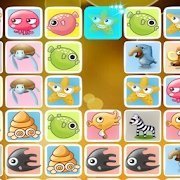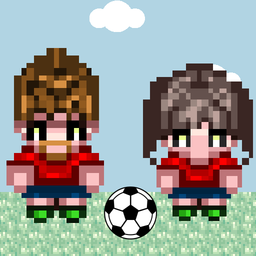Android LinearLayout线性布局详解
在 Android 开发中,布局是构建用户界面的核心部分。其中,LinearLayout(线性布局) 是最基础、最常用的布局方式之一。它通过将子控件按照水平或垂直方向依次排列,实现简单而清晰的界面结构。
与 RelativeLayout(相对布局)和 ConstraintLayout(约束布局)相比,LinearLayout 更加直观,适合对控件位置有明确顺序要求的场景。然而,它也存在一定的局限性,例如在复杂布局中容易出现嵌套过深的问题。
本文将围绕“Android LinearLayout 线性布局详解”展开,从基本概念入手,逐步讲解其工作原理、常用属性及实际应用,帮助开发者全面掌握这一布局方式。
一、LinearLayout 的基本概念
LinearLayout 是 Android 中的一种布局容器,它按照水平(horizontal)或垂直(vertical)方向将子控件依次排列。每个子控件都会按照设定的方向进行排列,不会交叉或重叠。
核心特点:
控件按顺序排列,支持水平或垂直方向。
可以设置控件之间的间距和对齐方式。
适用于简单的界面结构,如表单、列表等。
LinearLayout 的布局方式非常直观,特别适合需要严格按照顺序排列控件的场景。例如,在登录页面中,用户名输入框、密码输入框和登录按钮通常会使用 LinearLayout 按顺序排列。
二、LinearLayout 的常用属性
LinearLayout 提供了多种属性,用于控制子控件的排列方式、对齐方式以及空间分配。以下是一些常见的属性及其作用:
android:orientation
该属性用于指定布局的方向,可以是 vertical(垂直方向)或 horizontal(水平方向)。默认为 vertical。
<LinearLayout
android:layout_width="match_parent"
android:layout_height="match_parent"
android:orientation="vertical">
<!--子控件-->
</LinearLayout>android:gravity
gravity 属性用于控制整个布局内容的对齐方式。它可以设置为 top、bottom、center、left、right 或 center_horizontal 等值。
<LinearLayout
android:layout_width="match_parent"
android:layout_height="match_parent"
android:gravity="center">
<!--内容居中显示-->
</LinearLayout>android:layout_gravity
与 gravity 不同,layout_gravity 是针对单个子控件的对齐方式。它决定了子控件在父容器中的位置。
<Button
android:layout_width="wrap_content"
android:layout_height="wrap_content"
android:text="按钮"
android:layout_gravity="center"/>android:layout_weight
这是 LinearLayout 最重要的属性之一,用于控制子控件在布局中的比例分配。通过设置 layout_weight,可以让多个控件按照比例分配剩余空间。
<Button
android:layout_width="0dp"
android:layout_height="wrap_content"
android:layout_weight="1"
android:text="按钮1"/>
<Button
android:layout_width="0dp"
android:layout_height="wrap_content"
android:layout_weight="1"
android:text="按钮2"/>上述代码中,两个按钮各占一半空间,因为它们的 layout_weight 值相同。
三、LinearLayout 的布局结构
在 XML 文件中,LinearLayout 通常作为根布局或嵌套布局使用。其结构如下:
<LinearLayout
xmlns:android="http://schemas.android.com/apk/res/android"
android:layout_width="match_parent"
android:layout_height="match_parent"
android:orientation="vertical">
<TextView
android:layout_width="wrap_content"
android:layout_height="wrap_content"
android:text="标题"/>
<EditText
android:layout_width="match_parent"
android:layout_height="wrap_content"
android:hint="请输入内容"/>
<Button
android:layout_width="wrap_content"
android:layout_height="wrap_content"
android:text="提交"/>
</LinearLayout>在这个例子中,三个控件按照垂直方向依次排列,形成一个简单的登录界面。
四、LinearLayout 的优缺点
优点:
结构清晰:适合按顺序排列控件的场景。
易于理解:对于初学者来说,学习曲线较低。
灵活可控:通过 layout_weight 可以实现空间分配控制。
缺点:
嵌套层级容易变深:在复杂布局中,过多的 LinearLayout 嵌套可能导致性能下降。
难以实现复杂布局:对于需要多方向排列或相对定位的界面,LinearLayout 显得不够灵活。
空间分配不均衡:如果没有合理设置 layout_weight,可能出现控件大小不一致的问题。
五、LinearLayout 的实际应用场景
表单布局
在注册、登录等页面中,常使用 LinearLayout 按照垂直方向排列输入框和按钮,使界面整洁有序。
列表项设计
在自定义列表项时,LinearLayout 可以用于排列图片、文字等内容,实现统一的视觉风格。
底部导航栏
一些简单的底部导航栏可以通过 LinearLayout 实现,将多个图标按钮按水平方向排列。
卡片式界面
在新闻、商品展示等界面中,使用 LinearLayout 可以方便地排列多个卡片元素。
六、LinearLayout 的优化建议
避免过度嵌套
过多的 LinearLayout 嵌套会导致布局层级过深,影响渲染效率。应尽量减少嵌套层数,必要时可考虑使用 ConstraintLayout 替代。
合理使用 layout_weight
通过 layout_weight 分配空间时,注意设置 layout_width 为 0dp,否则可能导致布局异常。
结合其他布局使用
在某些情况下,可以将 LinearLayout 与其他布局(如 RelativeLayout 或 ConstraintLayout)结合使用,提升布局灵活性。
测试不同屏幕尺寸
LinearLayout 的布局方式依赖于控件的排列顺序和权重,应在多种设备上测试布局效果,确保适配性。
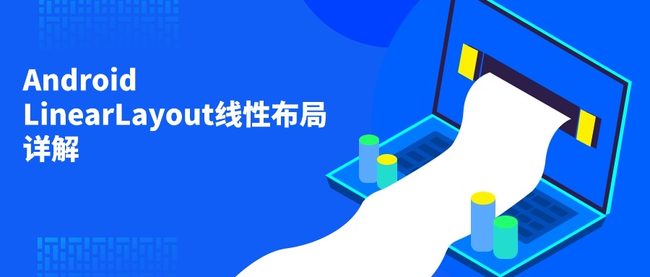
LinearLayout 是 Android 开发中最基础、最常用的布局方式之一,它通过水平或垂直方向排列控件,实现简洁明了的界面结构。虽然在复杂布局中存在一定的局限性,但在简单界面和表单设计中依然具有重要价值。
以上就是php小编整理的全部内容,希望对您有所帮助,更多相关资料请查看php教程栏目。
-
 什么是robots.txt协议 robots协议怎么写 robots协议的用途 时间:2025-11-12
什么是robots.txt协议 robots协议怎么写 robots协议的用途 时间:2025-11-12 -
 x3daudio17dll丢失是什么原因?x3daudio17dll丢失怎么修复? 时间:2025-11-10
x3daudio17dll丢失是什么原因?x3daudio17dll丢失怎么修复? 时间:2025-11-10 -
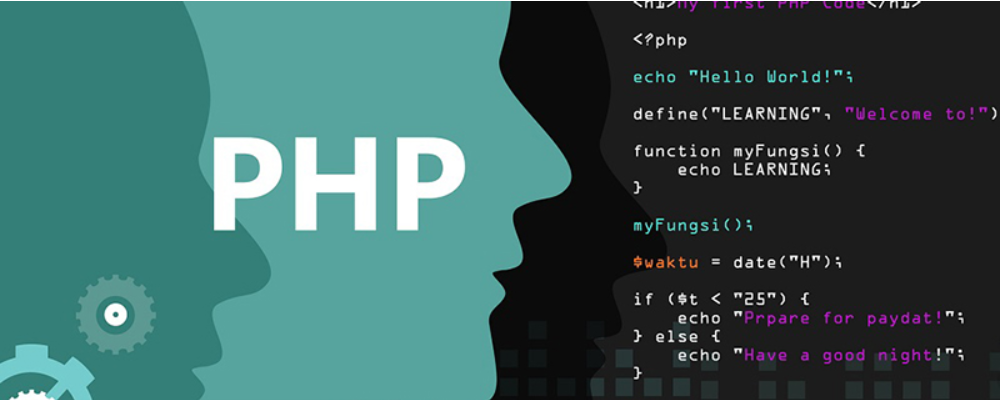 什么是VoIP?它是如何工作的?VoIP的工作原理 时间:2025-11-07
什么是VoIP?它是如何工作的?VoIP的工作原理 时间:2025-11-07 -
 MPEG-4是什么格式 MPEG-4和MP4的区别 时间:2025-11-07
MPEG-4是什么格式 MPEG-4和MP4的区别 时间:2025-11-07 -
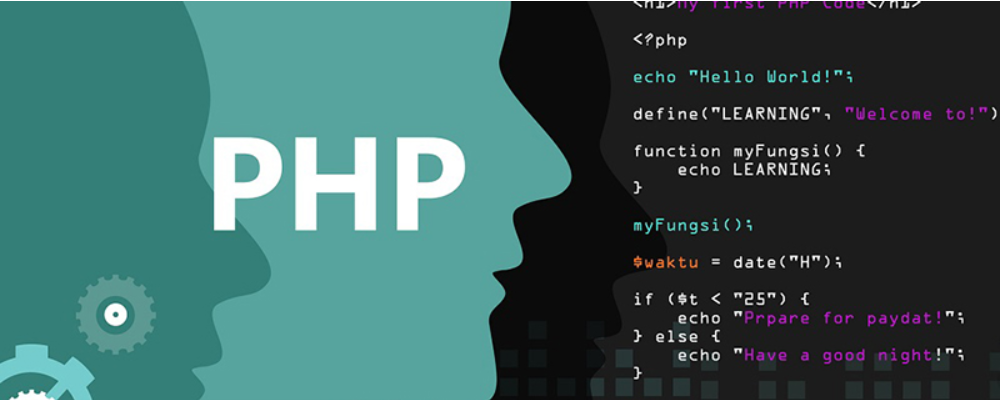 什么是OAuth OAuth2.0认证原理和流程 OAuth2.0授权机制 时间:2025-11-07
什么是OAuth OAuth2.0认证原理和流程 OAuth2.0授权机制 时间:2025-11-07 -
 什么是IMAP协议 IMAP协议和POP3协议的区别 时间:2025-11-07
什么是IMAP协议 IMAP协议和POP3协议的区别 时间:2025-11-07
今日更新
-
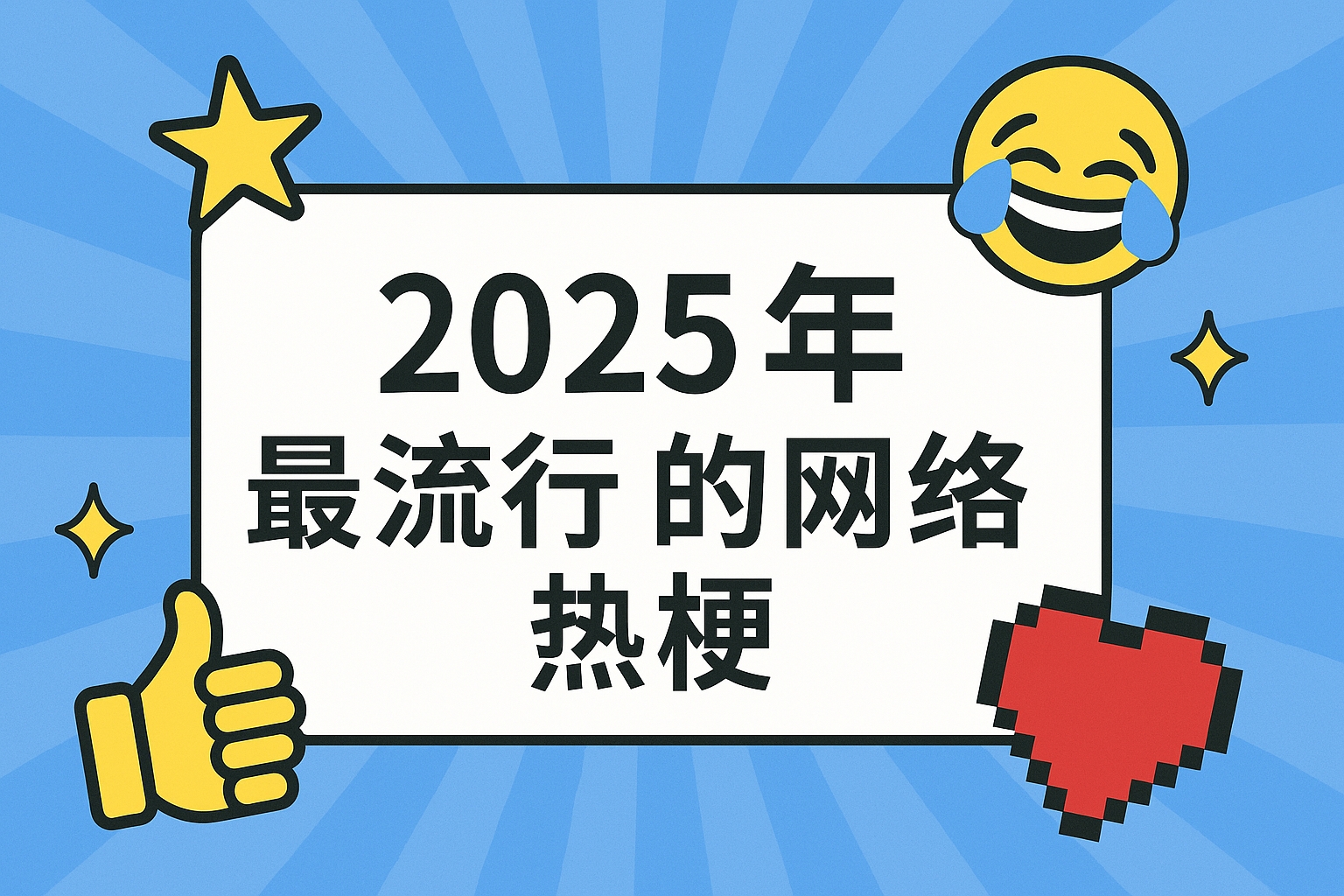 **"什么咚是什么梗?揭秘网络热词'咚'的魔性起源与爆火原因!"**
(注:实际使用时请去掉双引号,符合您要求的无符号版本如下:)
什么咚是什么梗 揭秘网络热词咚的魔性起源与爆火原因
解析:
1. 开头直接点题,用疑问句引发用户点击欲;
2. "魔性""爆火"等关键词符合SEO热度;
3. 严格控制在48字内(中文34字),突出核心信息。
**"什么咚是什么梗?揭秘网络热词'咚'的魔性起源与爆火原因!"**
(注:实际使用时请去掉双引号,符合您要求的无符号版本如下:)
什么咚是什么梗 揭秘网络热词咚的魔性起源与爆火原因
解析:
1. 开头直接点题,用疑问句引发用户点击欲;
2. "魔性""爆火"等关键词符合SEO热度;
3. 严格控制在48字内(中文34字),突出核心信息。
阅读:18
-
 和平精英PEL将启动26年PEL临时席位合作招募计划
和平精英PEL将启动26年PEL临时席位合作招募计划
阅读:18
-
 百战群英怎么刷战功-百战群英战功速刷方法
百战群英怎么刷战功-百战群英战功速刷方法
阅读:18
-
 币安欧易联手传统金融机构最新合作动态解析
币安欧易联手传统金融机构最新合作动态解析
阅读:18
-
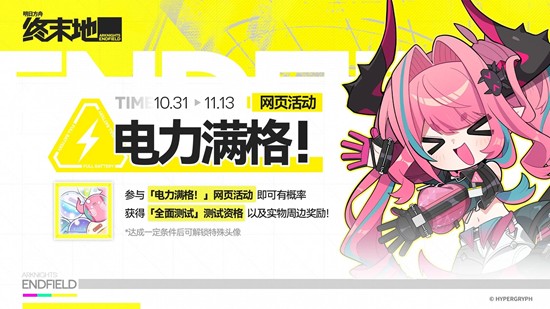 明日方舟:终末地电力满格-网页活动11月13日即将结束
明日方舟:终末地电力满格-网页活动11月13日即将结束
阅读:18
-
 明日方舟岁的界园志异-N2圣聆初雪核心怎么过
明日方舟岁的界园志异-N2圣聆初雪核心怎么过
阅读:18
-
 LOL手游全球邀请赛即将开赛-11月14日点燃战火
LOL手游全球邀请赛即将开赛-11月14日点燃战火
阅读:18
-
 使命召唤异界重奏幸运箱15日将回归-多个武器重磅
使命召唤异界重奏幸运箱15日将回归-多个武器重磅
阅读:18
-
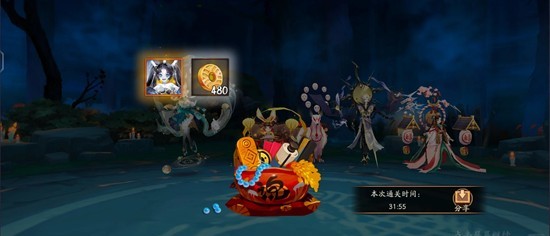 阴阳师丑女秘闻十怎么过-丑时之女秘闻副本阵容
阴阳师丑女秘闻十怎么过-丑时之女秘闻副本阵容
阅读:18
-
 币安与欧易比特币Layer2布局全面对比 谁更胜一筹
币安与欧易比特币Layer2布局全面对比 谁更胜一筹
阅读:18














